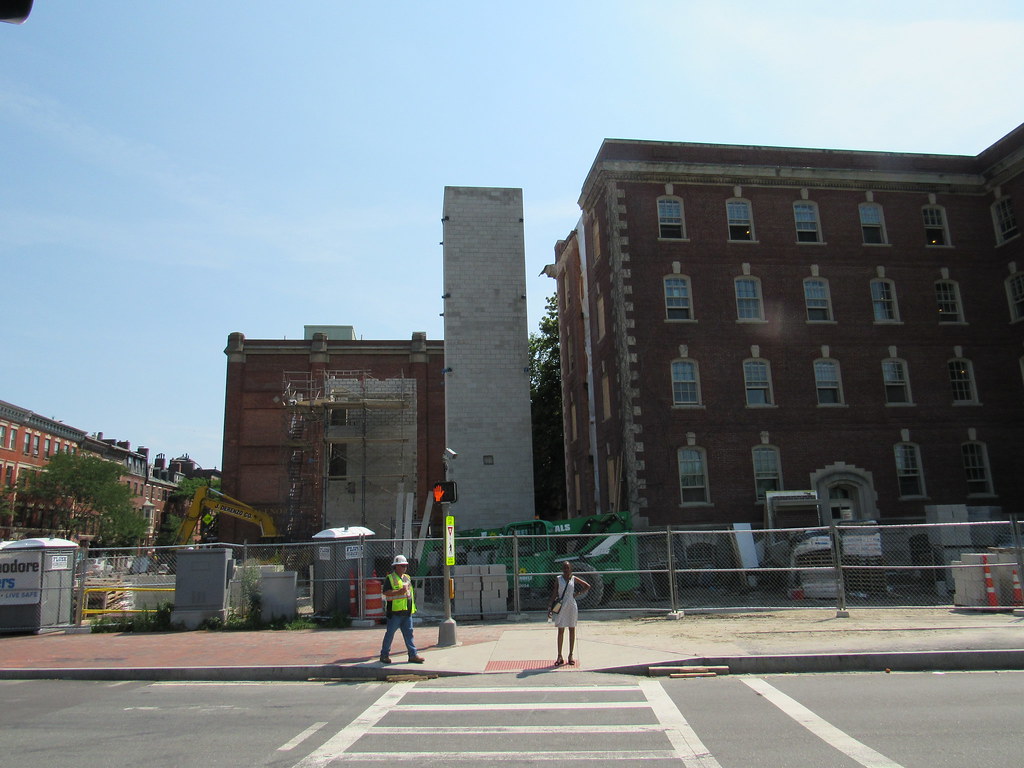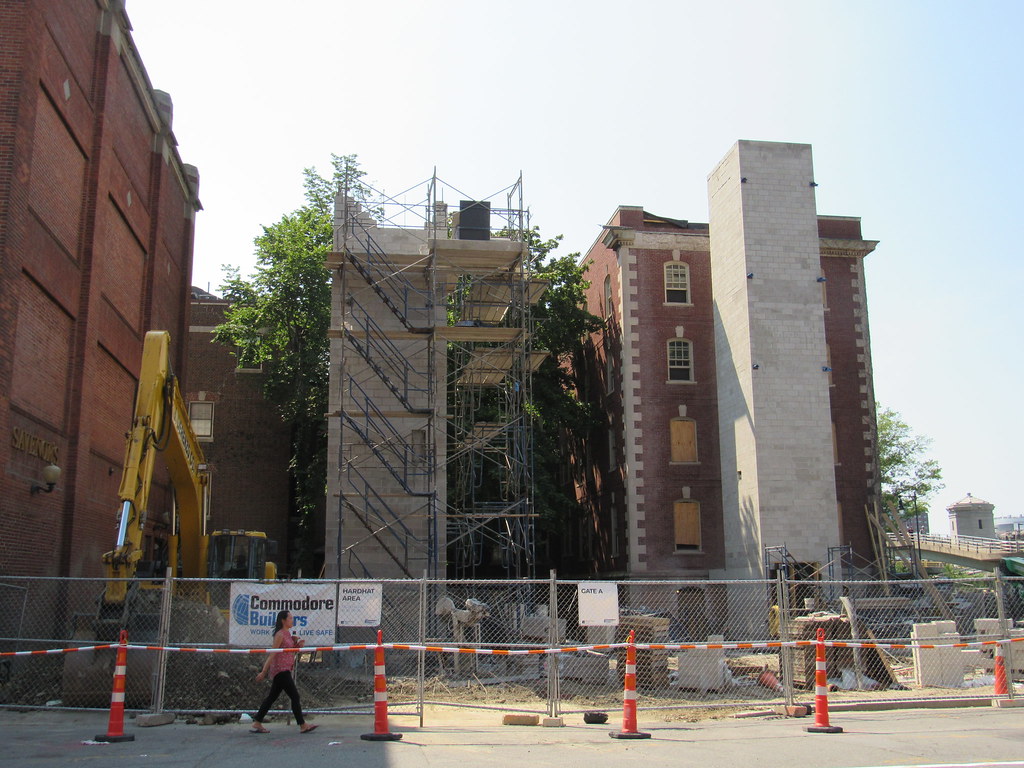Lots of times I feel like a good 10% of the traffic around the Public Garden is people circling looking for parking--and having to do looong circles because no short circles are possible.
I wouldn't be surprised if the proportion of people who are slightly lost and/or taking the roundabout route to their destination is higher. Much higher.
One way streets are really a bad idea in a city. It's the epitome of mobility-over-accessibility. Speed is valued, instead of arrival.
The whole reason the street network was converted to a set of one-way routes was to speed up car travel. That works for well-defined routes through the area: if you know exactly where you are coming from and where you are going to, and you are following one of the patterns that the designers intended, then you might move faster. The problem is that if you do not fall into that category then you are going to get confused, diverted, frustrated, and possibly lost. So if you are trying to find a particular place you aren't that familiar with, if you're looking for a store, vague about your destination, or if the way you want to go is just not supported by the street network, then you are going to have a rough time. And that's just from the driver's perspective. The same confusion, except worse, applies to bicyclists trying to follow the law. And pedestrians are exposed to higher vehicular speeds, always a bad thing. One way streets are also bad for bus routes.
So, in general, I think that if a street is wide enough to have two car lanes, then the street should support two-way travel. Obviously not all streets are wide enough for that (and the best streets are definitely not wide enough for more than one car lane

but if it is possible, then for the sake of accessibility, it should be done.
Sure, you might not get to travel 40 mph around the Public Garden, but why exactly should that be a goal for the city? The tradeoff is that you'll have a much easier time navigating the streets in a car, going directly to where you want to go, instead of trying to identify roundabout routes, and getting lost in the process. Businesses will be happier because they won't get screwed over by asynchronous travel patterns. Bicyclists will be happier because they can use the simple direct routes too. And pedestrians will be happier because the cars won't be egged on to high speeds and the intersections will be simpler to cross.
On shopping streets, if there's room, you also want on-street parking instead of additional lanes. And a cycle track, if the street is really that wide. If it's not, then the speeds should be kept low so that bikes, cars and pedestrians can comfortably mix.
The whole system of crazy one way streets around the Public Garden and around the city should be reverted, if the city can ever pull their heads out of their collective asses. One of my criticisms of Connect Historic Boston is that it will not address this problem, even if it does a lot of good otherwise.





